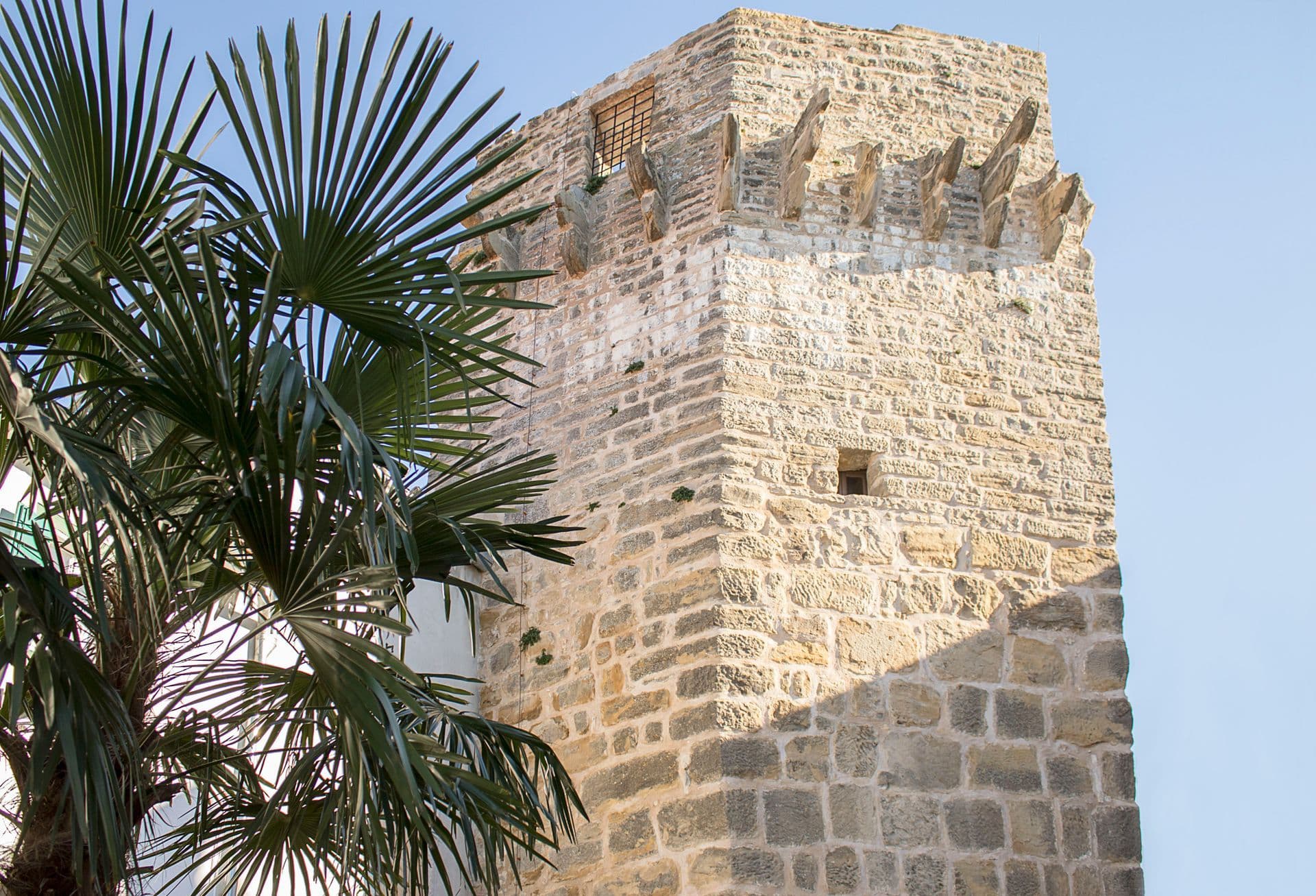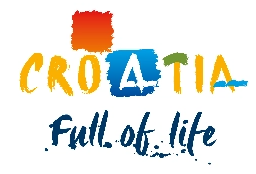




Buje - the Guard City
In the past, Buje was known as the “guard of Istria” because of its strategic position 222 metres above sea level.
.jpg&w=3840&q=75)
Its mediaeval ramparts, the Tower of St. Martin and two bell towers rise proudly above its hilly surroundings:
The bell tower of the 15th-century Church of St. Servulus - The bell tower was also a watchtower that ensured the safety of the entire area and was featured on the city's seal in the 13th century
The bell tower of the 17th-century Church of Our Lady of Mercy - The bell tower is 22 m high, featuring a clock and a unique passageway across from which is located the ethnographic museum

The administrative, economic and transport centre of northwestern Istria
The city of Buje had been an administrative, economic and traffic centre of the north-western Istria for a long time, up until the time when, with the development of tourism in the last approx. 50 years, the coastal town of Umag didn't impose itself as a new centre, drawing both population and a significant part of economic activities to the sea.
Throughout the history, even the recent one, the situation was different. Not only the presently rich towns of Umag and Novigrad, but also the smaller inland towns of Brtonigla, Grožnjan and Oprtalj were under the administration of Buje.

The new business trends did move the focus to the seashore, but the tradition of this area, and some people would say, its very soul, were left in Buje in so many things. After all, its name was rooted in the historical and geographic name for the whole area, which is popularly called the Buje area (Croatian: Bujština).
As a location of the court, secondary schools and certain government administrative institutions, it is also a centre for the wider surrounding areas, which ensures that Buje will not easily lose its historical importance and the image of the city it has always had.
Border crossings of northwestern Istria
Within the city’s territory, there are two border crossings of the north-western Istria, and Buje is thus proud with the fact that it is the first contact and the impression to the guests entering Istria from Slovenia and Italy.
Since the Istrian Y Motorway was built, in recent times its traffic significance was reduced. Still, a significant part of the traffic still continues through the old state road Buje-Pula, which used to be the main route between the north and the south of Istria in the past.



Destinations
Additional Information


©2025 Colours of Istria. All rights reserved. No part of this site may be reproduced without our written permission.
























